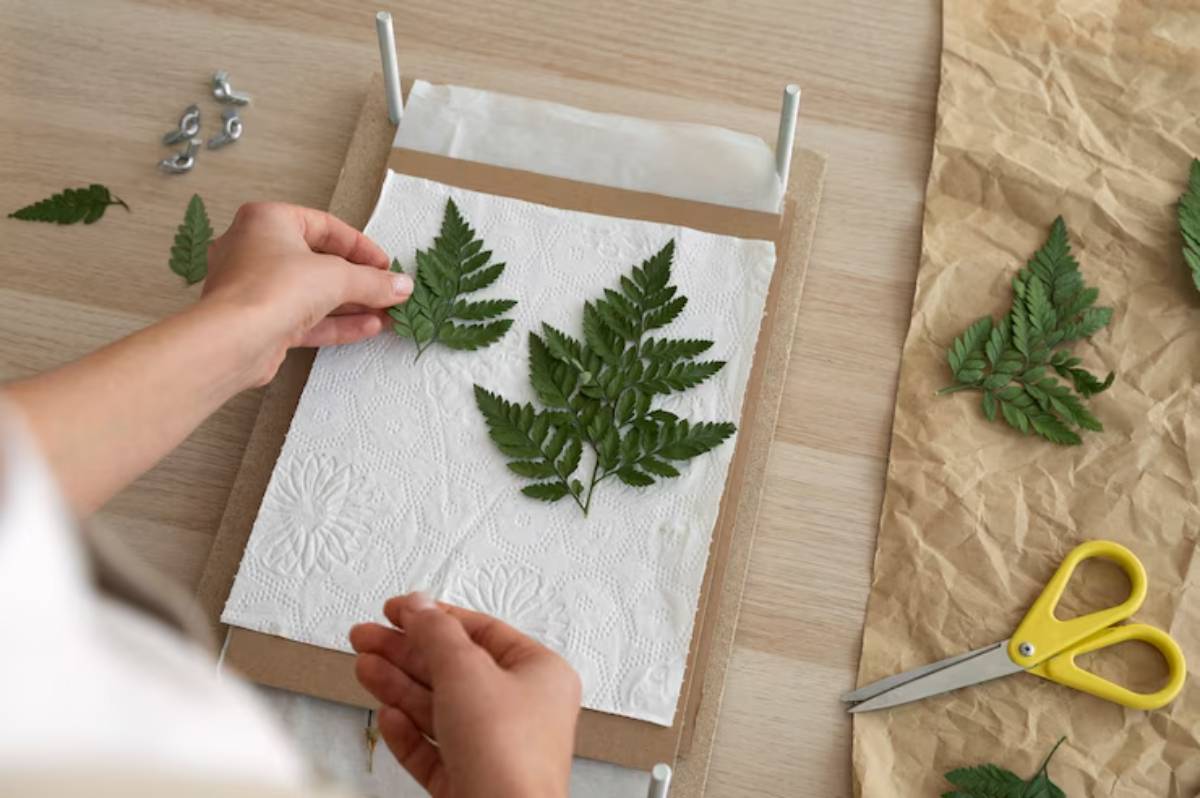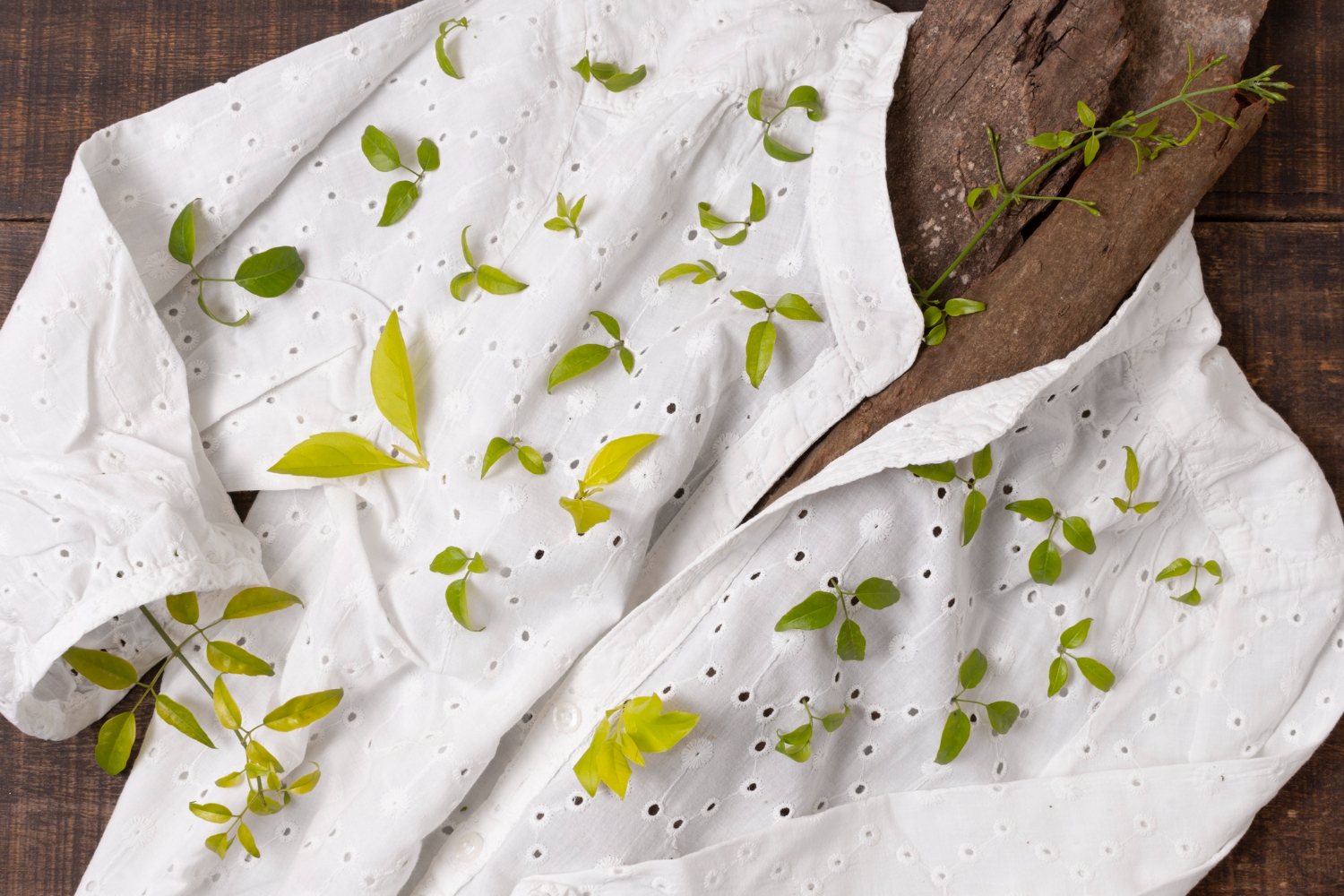
Hemp vs Cotton: Which Is More Sustainable?
Rethinking the Fabrics We Wear
What’s your favourite cotton tee really made of — and what did it cost the planet to produce? As conversations around sustainable fashion intensify, more brands and consumers are questioning the environmental footprint of their fabrics. In particular, the debate between hemp clothing and cotton is heating up.
While cotton has long been the go-to natural fibre, hemp is quickly gaining popularity as a cotton alternative. But how do these two really compare when it comes to sustainability, comfort, performance, and environmental impact?
This blog dives deep into the sustainable fabric comparison between hemp and cotton, cutting through the greenwashing to give you a clear, honest picture. Whether you’re a fashion label rethinking materials or a conscious shopper trying to make better choices, here’s everything you need to know before your next wardrobe update.
Hemp and Cotton at a Glance

| Feature | Cotton | Hemp |
| Water Usage | High | Low |
| Pesticide Use | High (unless organic) | Naturally resistant |
| Yield per Acre | Moderate | High |
| Biodegradable | Yes | Yes |
| Durability | Medium | High |
| Comfort | Soft | Becomes softer with wear |
Environmental Impact: Which Fabric Leaves a Lighter Footprint?

1. Water Consumption
Cotton is infamous for its thirst. According to the WWF, producing one cotton t-shirt requires 2,700 litres of water — roughly what one person drinks in two and a half years. This is especially concerning in areas already facing water stress.
Hemp, by contrast, uses around 50% less water to grow and process. It also thrives in rain-fed regions, reducing the need for irrigation.
Winner: Hemp
2. Pesticides and Chemical Use
Conventional cotton is one of the world’s most chemically intensive crops, consuming 16% of global insecticides despite occupying only 2.5% of agricultural land.
Hemp, on the other hand, is naturally resistant to pests and diseases. It is often grown without synthetic pesticides or fertilisers. Even when not certified organic, hemp tends to be cleaner.
Winner: Hemp
3. Land Efficiency and Yield
Hemp produces more fibre per hectare than cotton and grows much faster, reaching maturity in just 3–4 months. Its deep roots also improve soil health and reduce erosion, making it a brilliant option for regenerative agriculture.
Winner: Hemp
Comfort, Style, and Versatility

Sustainability isn’t everything — if the clothes aren’t comfortable or wearable, they’ll sit in a drawer unworn.
1. Feel on the Skin
Cotton is loved for its softness and breathability. It’s familiar, versatile, and gentle on most skin types. Hemp can feel coarse at first, especially in woven forms, but it softens beautifully over time and often outlasts cotton in wear.
Blends like hemp-cotton or hemp-modal marry durability with comfort for everyday garments.
2. Strength and Durability
Hemp is up to three times stronger than cotton, resisting wear and tear more effectively. It also holds its shape well, meaning fewer stretched-out seams and sagging shoulders.
If you’re into longevity over trends, hemp is your fabric.
3. Dye Retention and Care
Cotton dyes easily and holds colour reasonably well, though fading over time is common. Hemp can be harder to dye, but it retains natural tones beautifully. It’s also naturally antimicrobial and UV resistant, making it great for outdoor wear.
Overall Comfort Verdict:
- Cotton wins for initial softness
- Hemp wins for longevity and performance
Carbon Footprint: Who’s Greener?
While both are plant-based, hemp absorbs more CO₂ per hectare during growth — in fact, it’s one of the most effective carbon sinks in agriculture. Its cultivation helps remove carbon from the atmosphere, improve soil, and even suppress weeds without chemical inputs.
Cotton, unless organic, is more carbon-intensive due to water use, pesticide application, and machinery during harvest.
Winner: Hemp
Availability and Market Trends
Cotton is currently far more widely available, with an enormous global market and extensive supply chain infrastructure. While growing in popularity, hemp still accounts for a small fraction of textile production—although this is changing.
Brands like Patagonia, Thought Clothing, and Hemp Tailor are already championing hemp blends in their sustainable lines. Even high-street brands are starting to experiment with hemp, signalling its growing mainstream acceptance.
Price Comparison: Is Hemp More Expensive?
Hemp garments often have a higher upfront price tag, mainly due to limited production, processing methods, and smaller economies of scale.
But because hemp clothing lasts longer and resists wear better, it often offers better value over time. When you factor in cost-per-wear, hemp frequently comes out on top.
Ethical Considerations: Who Makes the Fabric?
Cotton Supply Chains
Conventional cotton has a troubling history of labour violations, from forced labour in regions like Xinjiang to poor working conditions in conventional farming zones.
Organic cotton improves this, but transparency still varies widely between brands.
Hemp Production
Hemp is often grown in smaller, cooperative farming systems, especially in countries like China and India, though labour conditions can be murky without certifications. As hemp expands into Western markets, certifications like Fair Trade or GOTS are becoming more common.
Tip: Always look for third-party certifications like GOTS (Global Organic Textile Standard), OEKO-TEX, or Fair Trade to ensure ethical production.
How to Incorporate Hemp into Your Wardrobe
Not sure where to start? Here are a few easy swaps to try:
- Everyday Tees: Swap your basic cotton T-shirt for a hemp-cotton blend.
- Yoga Wear: Hemp leggings are breathable and hold their shape without synthetics.
- Denim Alternatives: Try hemp trousers for a durable, rugged feel without the weight of denim.
- Summer Shirts: Hemp’s moisture-wicking nature makes it ideal for hot-weather wear.
To extend your fabric know-how, read what is Tencel and why it’s a sustainable powerhouse, another soft-yet-eco textile winning over modern fashion brands.
Caring for Hemp vs Cotton
Proper care can make any garment more sustainable by extending its lifespan.
For Hemp:
- Wash in cold water to prevent shrinkage
- Use mild detergent
- Avoid tumble drying — air dry when possible
For Cotton:
- Wash inside out to protect fibres
- Cold or warm wash (30°C or lower)
- Avoid bleach and tumble drying
Both fabrics benefit from line drying and will maintain shape and softness with gentle care.
Conclusion: Hemp or Cotton — Which Should You Choose?
If you’re asking which is more sustainable, hemp wins the race. It uses less water, requires fewer chemicals, improves soil, and lasts longer. From an environmental standpoint, it’s hard to beat.
But that doesn’t mean cotton is out. Organic cotton remains a strong alternative, especially where hemp isn’t available or affordable. The most sustainable fabric isn’t always the one with the lowest impact — it’s the one you’ll actually wear, care for, and keep.
So when choosing between hemp and cotton, ask yourself:
- How often will I wear this?
- Will I take care of it properly?
- Is this supporting a transparent, ethical supply chain?
Start small, choose mindfully, and let your wardrobe evolve sustainably.
If dress restyling is your thing, check out our guide on creative ways to reuse dresses for every season for more sustainable wardrobe inspiration.


